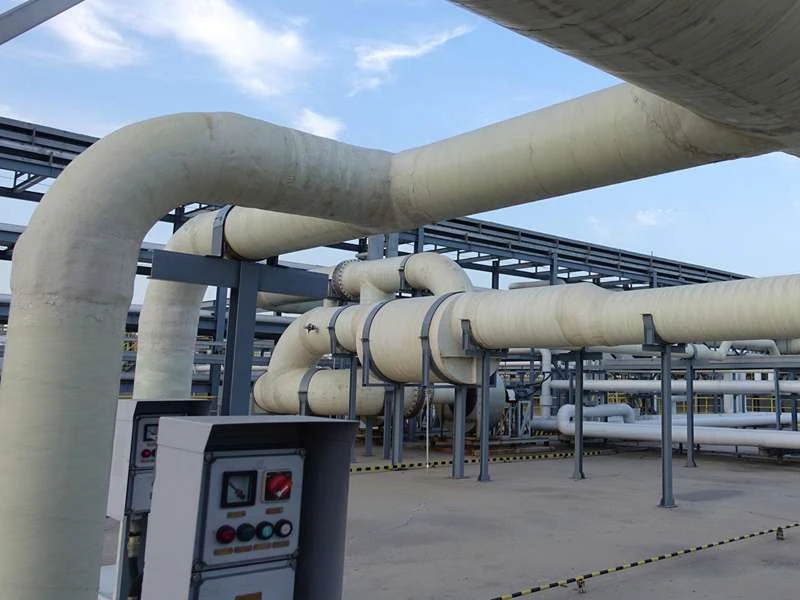
-
 Afrikaans
Afrikaans -
 Albanian
Albanian -
 Amharic
Amharic -
 Arabic
Arabic -
 Armenian
Armenian -
 Azerbaijani
Azerbaijani -
 Basque
Basque -
 Belarusian
Belarusian -
 Bengali
Bengali -
 Bosnian
Bosnian -
 Bulgarian
Bulgarian -
 Catalan
Catalan -
 Cebuano
Cebuano -
 China
China -
 China (Taiwan)
China (Taiwan) -
 Corsican
Corsican -
 Croatian
Croatian -
 Czech
Czech -
 Danish
Danish -
 Dutch
Dutch -
 English
English -
 Esperanto
Esperanto -
 Estonian
Estonian -
 Finnish
Finnish -
 French
French -
 Frisian
Frisian -
 Galician
Galician -
 Georgian
Georgian -
 German
German -
 Greek
Greek -
 Gujarati
Gujarati -
 Haitian Creole
Haitian Creole -
 hausa
hausa -
 hawaiian
hawaiian -
 Hebrew
Hebrew -
 Hindi
Hindi -
 Miao
Miao -
 Hungarian
Hungarian -
 Icelandic
Icelandic -
 igbo
igbo -
 Indonesian
Indonesian -
 irish
irish -
 Italian
Italian -
 Japanese
Japanese -
 Javanese
Javanese -
 Kannada
Kannada -
 kazakh
kazakh -
 Khmer
Khmer -
 Rwandese
Rwandese -
 Korean
Korean -
 Kurdish
Kurdish -
 Kyrgyz
Kyrgyz -
 Lao
Lao -
 Latin
Latin -
 Latvian
Latvian -
 Lithuanian
Lithuanian -
 Luxembourgish
Luxembourgish -
 Macedonian
Macedonian -
 Malgashi
Malgashi -
 Malay
Malay -
 Malayalam
Malayalam -
 Maltese
Maltese -
 Maori
Maori -
 Marathi
Marathi -
 Mongolian
Mongolian -
 Myanmar
Myanmar -
 Nepali
Nepali -
 Norwegian
Norwegian -
 Norwegian
Norwegian -
 Occitan
Occitan -
 Pashto
Pashto -
 Persian
Persian -
 Polish
Polish -
 Portuguese
Portuguese -
 Punjabi
Punjabi -
 Romanian
Romanian -
 Russian
Russian -
 Samoan
Samoan -
 Scottish Gaelic
Scottish Gaelic -
 Serbian
Serbian -
 Sesotho
Sesotho -
 Shona
Shona -
 Sindhi
Sindhi -
 Sinhala
Sinhala -
 Slovak
Slovak -
 Slovenian
Slovenian -
 Somali
Somali -
 Spanish
Spanish -
 Sundanese
Sundanese -
 Swahili
Swahili -
 Swedish
Swedish -
 Tagalog
Tagalog -
 Tajik
Tajik -
 Tamil
Tamil -
 Tatar
Tatar -
 Telugu
Telugu -
 Thai
Thai -
 Turkish
Turkish -
 Turkmen
Turkmen -
 Ukrainian
Ukrainian -
 Urdu
Urdu -
 Uighur
Uighur -
 Uzbek
Uzbek -
 Vietnamese
Vietnamese -
 Welsh
Welsh -
 Bantu
Bantu -
 Yiddish
Yiddish -
 Yoruba
Yoruba -
 Zulu
Zulu
Enhancing Techniques for Optimizing FRP Laundering Processes Efficiently
Exploring Efficient Methods for Streamlining FRP Laundering
In recent years, the demand for fiberglass reinforced polymer (FRP) products has surged due to their advantageous properties such as lightweight, corrosion resistance, and high strength-to-weight ratios. However, the processes associated with the manufacturing and post-production treatment of FRP materials can often be complex and resource-intensive. One significant challenge in handling FRP products is the laundering process, which can be both time-consuming and costly. This article delves into efficient methods to streamline FRP laundering, enhancing operational efficiency and reducing waste.
Understanding FRP Laundering
FRP laundering involves the removal of resin and contaminants from production jigs, molds, and tools used in the manufacturing of FRP components. Traditional laundering methods often include manual scraping, solvent washes, and high-pressure water jets, which can lead to significant time and labor investments. Moreover, the chemical solvents typically used pose environmental and safety concerns, necessitating the exploration of more sustainable practices.
Innovative Approaches to FRP Laundering
1. Automated Washing Systems One of the most promising advancements in FRP laundering is the adoption of automated washing systems. These systems use preset programs to clean molds and tools, providing consistent results and reducing the need for manual labor. Utilizing high-efficiency nozzles and rotating brushes in a confined chamber can significantly decrease the time required for laundering while ensuring thorough cleaning. Automation not only saves time but also minimizes the likelihood of human error during the laundering process.
exploring efficient methods for streamlining frp laundering

2. Eco-Friendly Solvents and Biodegradable Cleaners The push for sustainability in manufacturing has led to the development of eco-friendly solvents and biodegradable cleaning agents. These substances can effectively dissolve resin and contaminants without the harsh environmental impact associated with traditional chemical solvents. By integrating these cleaners into the laundering process, companies can ensure compliance with environmental regulations while maintaining high cleaning standards.
3. Ultrasonic Cleaning Technology Ultrasonic cleaning technology has emerged as an effective solution for FRP laundering. This method employs high-frequency sound waves to create microscopic bubbles in a cleaning solution, which collapse upon contact with surfaces, dislodging contaminants at a microscopic level. This approach not only ensures a thorough clean but also reduces the volume of cleaning agents needed, leading to lower operational costs and environmental impact.
4. Recycling and Waste Management An essential aspect of streamlining FRP laundering is the effective management of waste generated during the process. Implementing recycling programs for used cleaning agents, as well as developing systems for the safe disposal of resin residues, can significantly reduce the environmental footprint of laundering operations. Furthermore, the development of closed-loop systems can allow for the reclamation and reuse of solvents, further enhancing operational efficiency.
5. Training and Best Practices Lastly, investing in employee training and establishing best practices for laundering processes can lead to considerable improvements in efficiency. Employees well-versed in the latest laundering techniques and technologies are more likely to adhere to best practices, reducing the likelihood of contamination and rework.
Conclusion
The laundering of fiberglass reinforced polymer products is a crucial aspect of the manufacturing process, and streamlining this operation offers significant benefits in terms of efficiency and sustainability. By embracing innovative technologies, eco-friendly materials, and effective training programs, companies can enhance their laundering processes, reduce costs, and minimize their environmental impact. As the demand for FRP products continues to grow, the pursuit of efficient laundering methods will remain a vital focus for manufacturers seeking to stay competitive in the market.
Latest news
-
Exploring the Benefits of Top Hammer Drifter Rods for Enhanced Drilling PerformanceNewsJun.10,2025
-
High-Precision Fiberglass Winding Machine for GRP/FRP Pipe Production – Reliable & Efficient SolutionsNewsJun.10,2025
-
FRP Pipes & Fittings for Shipbuilding - Corrosion-Resistant & LightweightNewsJun.09,2025
-
Premium FRP Flooring Solutions Durable & Slip-ResistantNewsJun.09,2025
-
Premium Fiberglass Rectangular Tanks Durable & Lightweight SolutionNewsJun.09,2025
-
Tapered Drill String Design Guide Durable Performance & UsesNewsJun.09,2025









